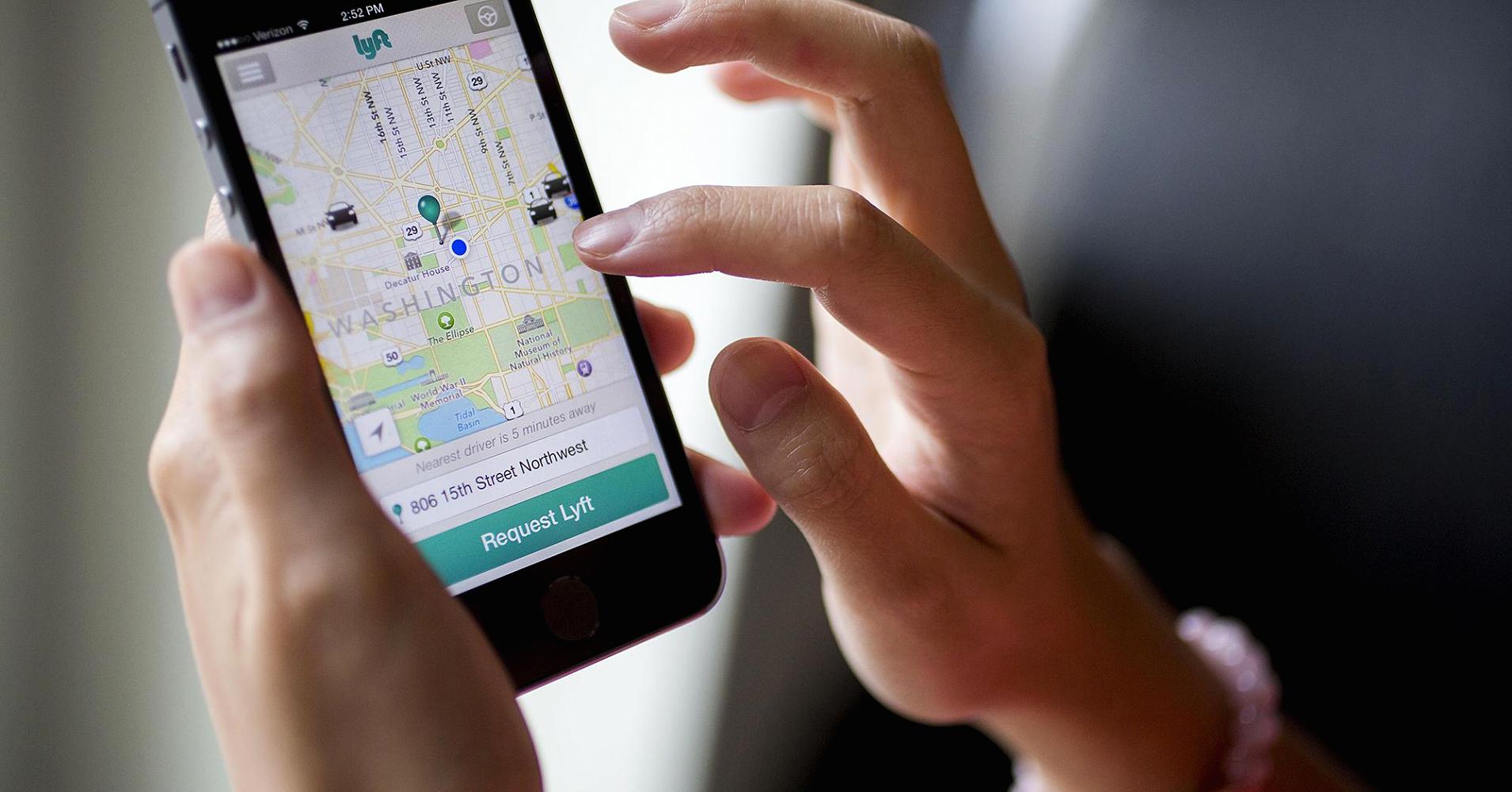Have you ever wondered how Lyft calculates their fares? Do you want to try to estimate your Lyft fare? There are a few key components that go into calculating and estimating a Lyft Fare, and we are here to explain each factor, as well as how they work together to create the Lyft pricing formula.
How is My Lyft Fare Calculated?
Your Lyft fare is first based on 4 main criteria:
- Base (or initial) fare – A flat fee charged at the beginning of every ride
- Cost per minute – How much you are charged for each minute you are inside the ride
- Cost per mile – How much you are charged for each mile of the ride
- Trust and Safety Fee – A flat fee to cover Lyft’s ‘operating costs’.
Here’s how Lyft uses the 4 main criteria above to calculate your fare:
Base Fare + (Cost per minute * time in ride) + (Cost per mile * ride distance) + Booking Fee = Your Fare
Other Key Factors in Determining Your Lyft Fare
There are a few more factors that influence your Lyft Fare that are not included in the 4 main criteria.
Tolls and Fees: Lyft requires all passengers to pay for any tunnel, bridge, or toll charges that are incurred during the course of the ride. These charges will be added to your fare total at the end of your trip.
 Lyft Prime Time Pricing: Lyft Prime Time pricing is when Lyft rates increase to guarantee availability of cars. When the demand for rides cannot be met by the number of current Lyft drivers on the road, prices will increase. This, in turn, encourages more drivers to hit the road since they will make more money than usual (due to the increased Prime Time price). Lyft will always notify you before you request a ride if there is Prime Time pricing so you will never be caught off guard.
Lyft Prime Time Pricing: Lyft Prime Time pricing is when Lyft rates increase to guarantee availability of cars. When the demand for rides cannot be met by the number of current Lyft drivers on the road, prices will increase. This, in turn, encourages more drivers to hit the road since they will make more money than usual (due to the increased Prime Time price). Lyft will always notify you before you request a ride if there is Prime Time pricing so you will never be caught off guard.
Your Lyft fare, with Prime Time pricing, is calculated by multiplying your total fare (before tolls) by the Prime Time price multiplier. For instance if the Prime Time amount is at 2x your total fare will be doubled, if the surge amount is 3x your total fare will be tripled.
Prime Time Pricing Example: If your total fare at the end of your trip is $15 and the Prime Time multiplier was 2x, your new total would be $30. Then Lyft would add on any incurred tolls.
Lyft Minimum Fare: To encourage drivers to pick up quick rides that will not yield much profit, Lyft sets a minimum fare for each service. This helps to justly reimburse drivers for short rides. If the combination of the above criteria results in your fare being lower than the minimum fare, you will be charged the minimum fare price instead. The minimum fare amount changes from city to city.
Minimum Fare Example: Say you are in a hurry and you decide to take a Lyft only two blocks down the street. After your trip ends and you add up the four different Lyft fare factors (as shown above), you calculate that your fare should only be $2.98. But in your city, the minimum fare is $5, so you will be charged $5 instead of $2.98.
Lyft Maximum Base Fare: In some cities, there is also a maximum base amount that can be charged. This is designed for unusually long rides. The maximum base fare amount is as follows; $500 in New York City and New Jersey, $240 in Los Angeles, $200 for all other regions.
Lyft Fare Prices Vary Based on City & Car Service
The four main criteria factors that we outlined in section 1 (base fare, cost per minute, cost per mile, and booking fee) all vary from city-to-city, and across Lyft services (Lyft, LyftLine, and LyftPlus). To learn more about the differences between each Lyft car service visit this help page here.
Now that you understand all the factors that go into your Lyft Fare and how time-consuming it would be to calculate it on your iPhone calculator, try LyftFareFinder’s Fare Calculator! LyftFareFinder will calculate your Lyft fare using all of these factors with one easy click of a button. LyftFareFinder will even include real-time prime time pricing estimates and allows you to book your Lyft car straight through the site!
Happy Lyft-ing!


